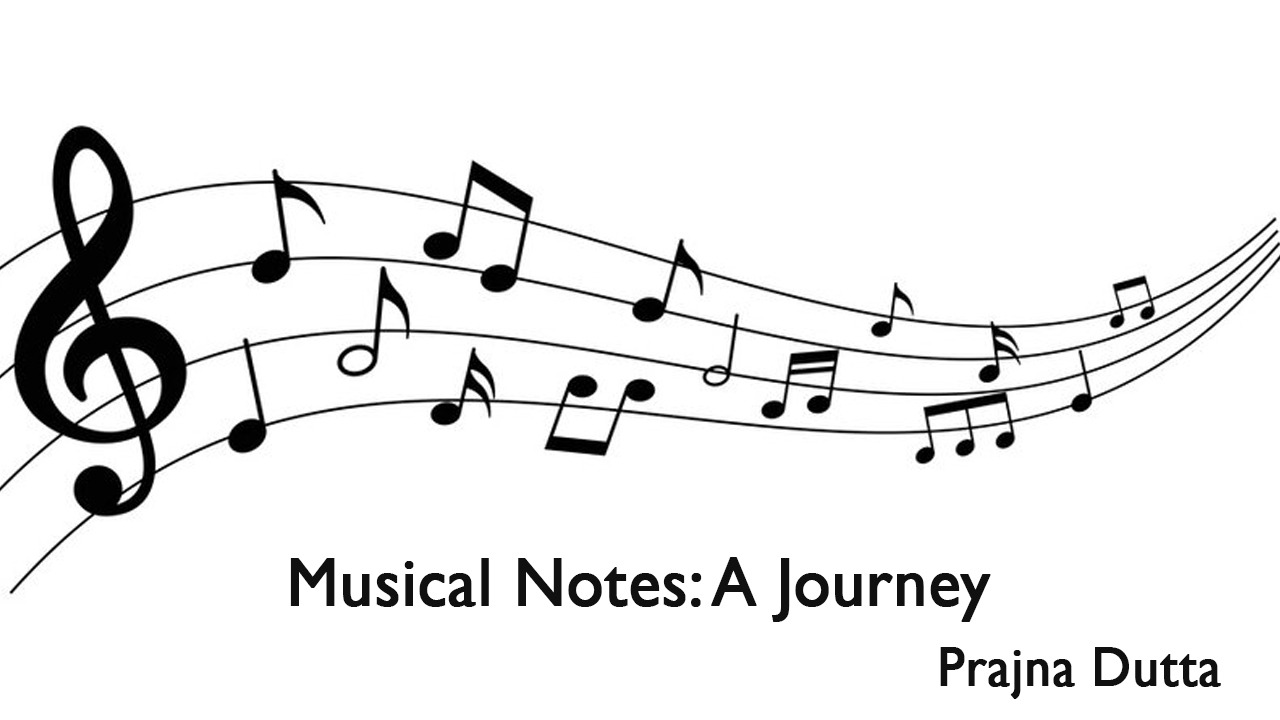Music is a universal language that transcends cultural barriers and resonates within the depths of our souls. At the heart of every melody lies the intricate arrangement of musical notes, forming the building blocks of composition. Have you ever wondered how these notes came into existence? Join us on a captivating journey through time as we delve into the inception of musical notes and explore their evolution throughout history.
The roots of musical notes can be traced back to ancient civilizations. The earliest evidence of organized musical systems dates back to ancient Mesopotamia, around 2,000 BCE. The Sumerians developed a system known as the diatonic scale, which consisted of a seven-note arrangement. These notes were assigned specific names and served as the foundation for musical exploration.
The ancient Greeks were instrumental in shaping the foundation of Western music theory. Pythagoras, the renowned philosopher and mathematician, made significant contributions to the understanding of sound and harmony. By experimenting with vibrating strings and monochords, Pythagoras discovered the mathematical relationships between pitch and string length. These findings laid the groundwork for the development of scales and intervals.
During the medieval period, the need for a standardized musical notation system became apparent. Musical notation allowed composers to document their compositions and share them across distances and generations. Guido d'Arezzo, an Italian monk, revolutionized music notation by introducing the staff and the solmization syllables, "do-re-mi." This system provided a visual representation of pitch and duration, enabling musicians to read and perform music accurately.
The Renaissance period witnessed a flourishing of musical creativity and innovation. Composers such as Josquin des Prez and Giovanni Pierluigi da Palestrina expanded the possibilities of polyphonic music. With this surge in musical complexity, the need for a more refined notation system emerged. This led to the development of modern musical notation, including the use of note shapes, time signatures, and dynamic markings, which are still in use today.
One of the most significant developments in the evolution of musical notes was the emergence of the equal-tempered scale. Before its introduction, most Western music was based on various systems of tuning, such as just intonation. However, these systems presented challenges in terms of modulation and transposition. The equal-tempered scale, attributed to Chinese mathematician Zhu Zaiyu and popularized by Johann Sebastian Bach, divided the octave into twelve equal intervals, allowing for greater flexibility and harmonic exploration.
In the modern era, musical notation has continued to evolve, adapting to the demands of contemporary composers and performers. Advances in technology have facilitated the creation of computer-based notation software, enabling musicians to compose, transcribe, and share music seamlessly. Additionally, alternative notation systems have emerged, incorporating graphic symbols and unconventional representations of sound.
The inception of musical notes is a testament to humanity's innate desire to express emotions and communicate through sound. From the ancient civilizations of Mesopotamia to the digital age, musical notation has evolved and adapted, enriching our musical experiences. While the essence of musical notes remains timeless, their journey through history reflects the ever-changing nature of human creativity. So, the next time you hear a beautiful melody or compose a piece of music, remember the remarkable journey that musical notes have undertaken, connecting us to our musical heritage and allowing us to create new harmonies and melodies.
As we explore the inception of musical notes, we gain a deeper appreciation for the rich tapestry of human ingenuity and the universal language of music. From the ancient Sumerians to the Greeks, from medieval notation to the Renaissance, and from the equal-tempered scale to modern notation systems, each era has contributed to the development and refinement of musical notes.
Today, musical notes continue to inspire and captivate us. They form the foundation of musical education, enabling aspiring musicians to learn and interpret compositions with precision and accuracy. Musical notes provide a common framework for performers to collaborate, ensuring that the beauty of music can be shared and enjoyed by audiences worldwide.
Moreover, the inception of musical notes has led to technological advancements that have transformed the way we create and experience music. From digital audio workstations to MIDI controllers, musicians have access to a vast array of tools that expand their creative possibilities. These innovations have democratized music production, allowing anyone with a passion for music to express themselves and share their compositions with the world.
However, amidst the modernization of music production and consumption, it is essential to recognize and preserve the historical significance of musical notation. The study of ancient musical systems, notation practices, and the evolution of scales provides valuable insights into our musical heritage. It allows us to appreciate the cultural diversity and richness of musical expression across different eras and civilizations.
In conclusion, the inception of musical notes represents an extraordinary journey of human creativity, mathematical exploration, and cultural exchange. From the ancient civilizations to the present day, musical notation has evolved to meet the needs and aspirations of composers, performers, and listeners. It serves as a testament to our innate desire to create and communicate through the universal language of music. So, the next time you listen to a beautiful melody or compose a piece of music, take a moment to reflect on the remarkable history and evolution of musical notes that have brought us to this point, and let the power of music continue to inspire and uplift your soul.

Comments